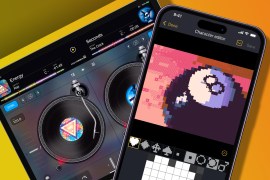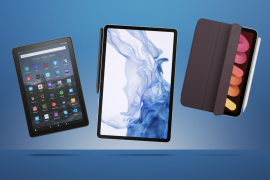25 of the best platform games ever
Did your fave make the cut? Here's our guide to the top platformers of all time
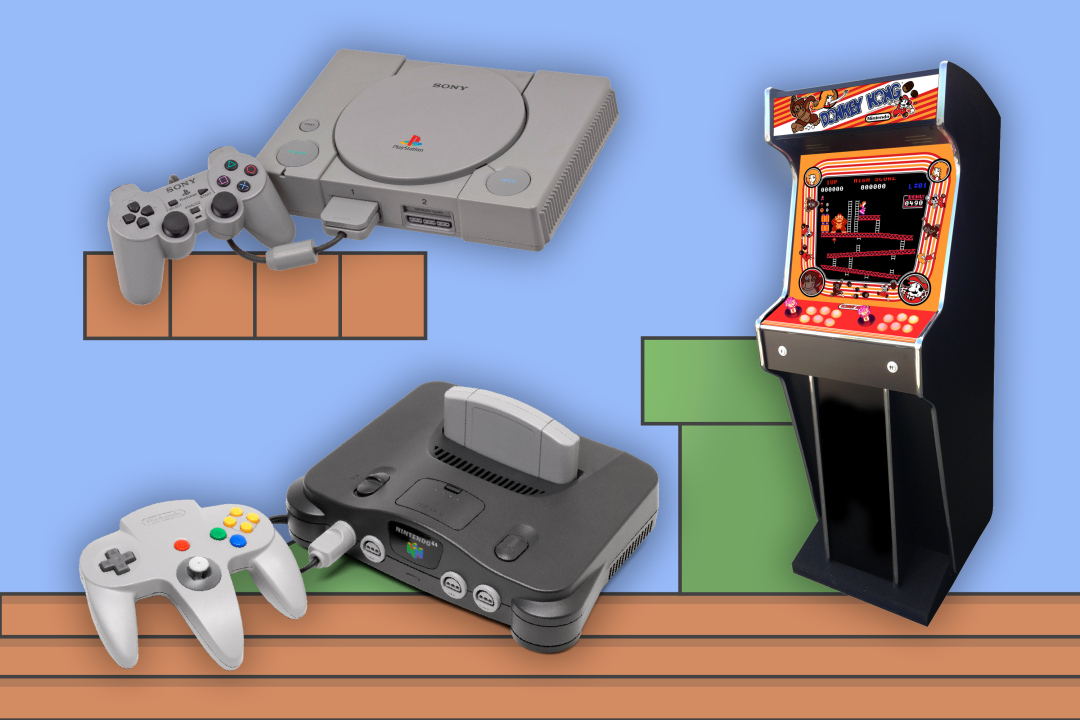
The humble platform game has a rich and vibrant history. It stretches back from ancient personal computer beginnings to the latest machines alongside our state-of-the-art gaming TVs and monitors today. Despite them having all but two main directives. (“Jump” and “forwards,” our pursuits in platform gaming have uncovered some of the very best titles gaming has to offer.
However, don’t be fooled by their rudimentary controls. The toughest titles require pixel-perfect jumping, expert timing and saintly levels of patience.
Fail, and prepare to meet a watery, pointy or fiery end — thanks, Crash Bandicoot, Battletoads, and Super Meat Boy. However, no platformer worth its earth can be described as legitimately easy, but therein lies the bargain. Get good, nail that jump, collect all the fruit, topple Bowser, save the kingdom, and glory awaits. Along with catharsis, jubilant tears, and a well-earned respite for your thumbs.
Yes, for good and for bad, platform games have seared themselves into our collective consciousness. We’re sure we’re not the only ones walking around with the Super Mario Bros theme living rent-free in our heads.
Platformers have even jumped across media and onto the big screen, with varying results. Some good, like Sonic the Hedgehog, and some not so good — sorry, Super Mario Bros. (1993).
But what has led to platformers making their mark in modern culture today? Let’s grab that 1-UP and jump into our pick of the 25 best platforming games.
Donkey Kong (1981)
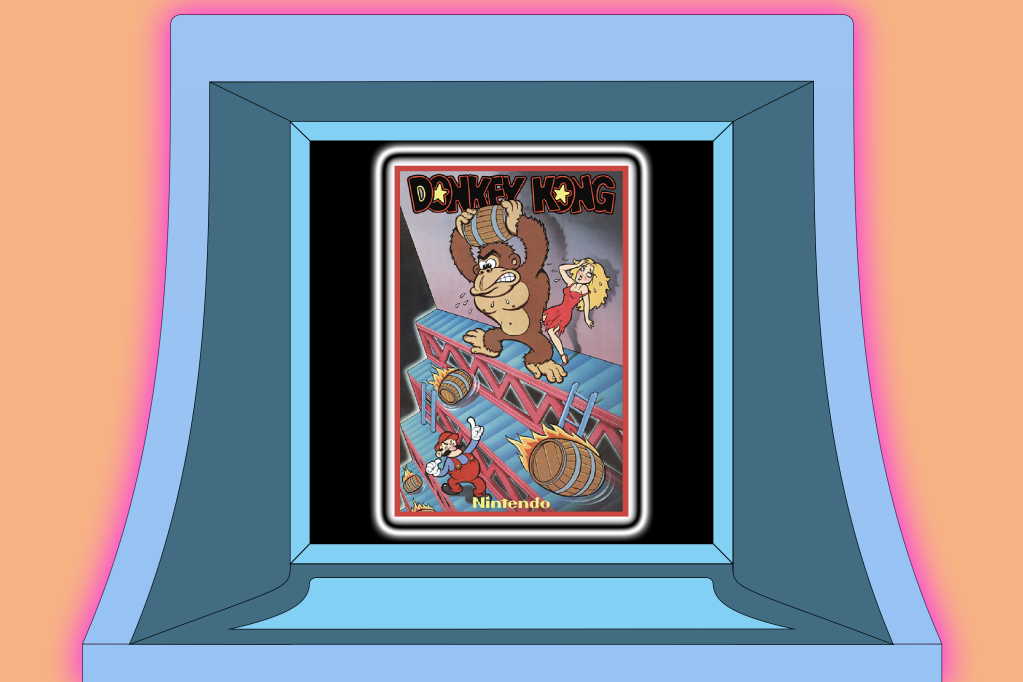
Unlike later iterations of Donkey Kong, the ‘81 version has you trying to defeat the titular ape by playing as Mario. You need to navigate barrels and ladders to rescue the plumber’s girlfriend, Pauline. She probably became an ex-squeeze when Peach rolled around. Well, she is a princess.
DK may be considered by some to be the first-ever platform game. But others think that title belongs to Taito’s Basketball (1974) or Space Panic (1980). However, at the time, everyone was all about this arcade classic that went on to appear on multiple platforms. These includes the NES, ColecoVision and various Atari systems, collectively selling around 15 million units.
Super Mario Bros. (1985)

The premise of Super Mario Bros was left field, even for gaming standards. Save a princess and the Mushroom Kingdom by stomping on turtles and mushroom creatures. However, it’s the game that made Nintendo a household name. It cemented the eponymous plumber in the hearts of legions of fans worldwide. It also helped secure the NES’s place as a home console, selling over 61 million units globally. The game didn’t fare badly either. To this day, it ranks as the seventh best-selling video game of all time, with a cool 58 million units sold.
Rainbow Islands (1987)

The sequel to Bubble Bobble saw Bub and Bob in human form, no longer blowing bubbles but blasting out solid, traversable rainbows to escape the rising sea level.
First launching on arcade, the game was ported over to numerous platforms, including the Spectrum, Amiga and Mega Drive. Its simple yet addictive gameplay, cutesy sprites and twee music earned it critical acclaim.
Turrican II: The Final Fight (1991)
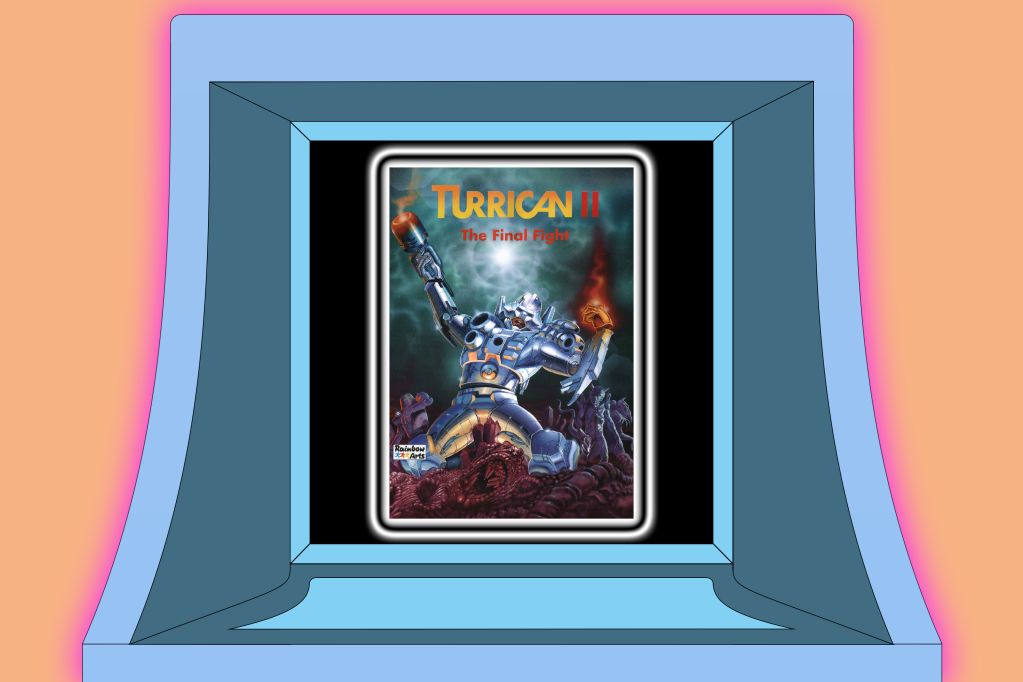
While Nintendo had Samus Aran, PC gamers had… Bren McGuire. Last known survivor of the ship Avalon 1, you’re tasked with avenging your dead crewmates by dispatching hordes of evil invaders with a variety of weapons and power-ups.
Its buttery smooth framerate and varied enemies made it a solid platform shooter. But what really made Turrican II special was its epic score. Composer Chris Huelsbeck unlocked the sound potential of the Amiga. Its industrial synths and power chords combined to make legendary gaming music that’s still remembered fondly today.
Sonic the Hedgehog (1991)
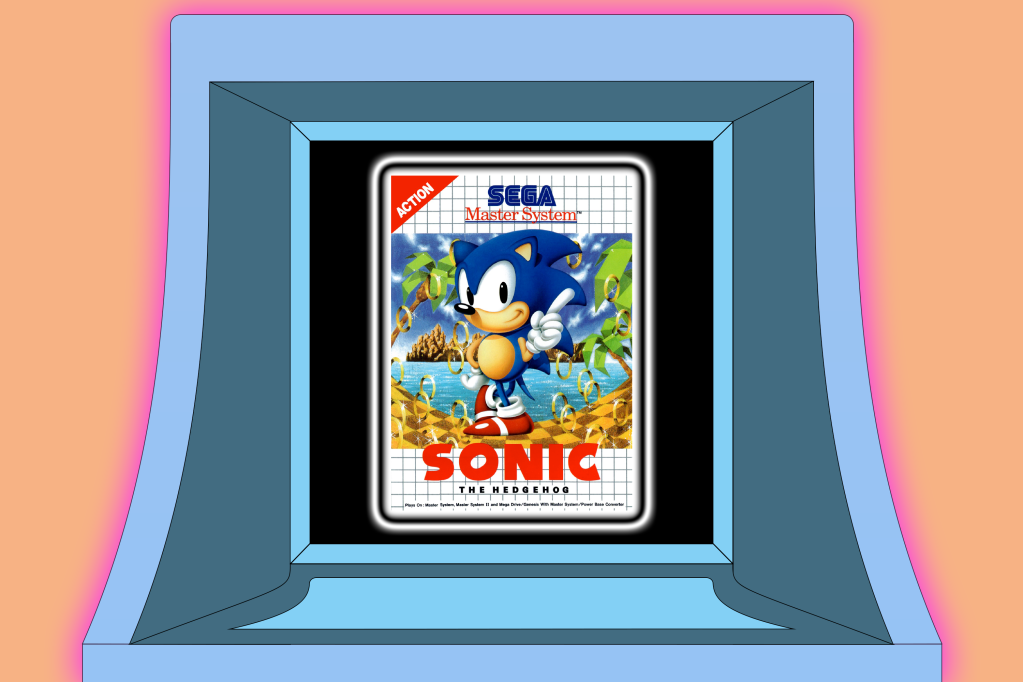
In the great Nintendo vs. Sega fanboy wars of the 90s, the “blue blur” just had the edge over Mario in terms of coolness. One speedy hedgehog with attitude, Sonic had to rescue scores of tiny animals from the clutches of the evil industrialist Dr. Robotnik.
Sonic’s levels lent themselves at a much faster pace than rival games. There were bouncing bumpers, steep tunnels and destructible platforms to leg it over. And with its lighting quick gameplay and memorable tune, Sonic’s commercial success paved the way for a host of sequels and spin-offs. Albeit with varying levels of quality.
Flashback (1992)

Flashback represented a gargantuan leap forward in platforming graphics. Its use of rotoscoped graphics, which involved tracing over motion captured footage, wasn’t a first in videogaming. Prince of Persia and Another World already helped kickstart the trend.
However, the technique was adapted to create far more fluid and life-like movements in amnesiac protagonist Conrad B. Hart, who was on a mission to recover his memory and save the world.
Super Metroid (1994)
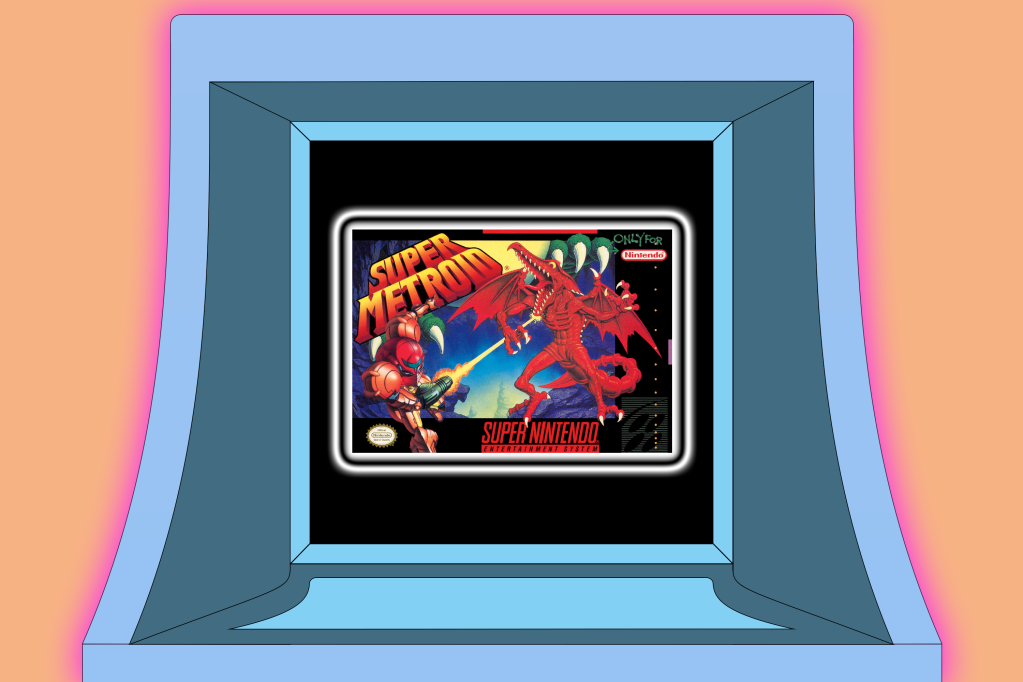
After a long time devoid of any Metroid games, Nintendo has perhaps only just now cottoned on to the fact that people might just love this franchise.
This SNES classic is widely considered one of the best of Samus Aran’s adventures. Even on cartridge format, Super Metroid was a huge game, with atmospheric gameplay and a soundtrack that perfectly encapsulates our bounty hunter’s isolation. And to the relief of gamers everywhere, this was the first in its series to feature an automap to help minimize headscratching and figuring out where to go next.
Tomb Raider (1996)
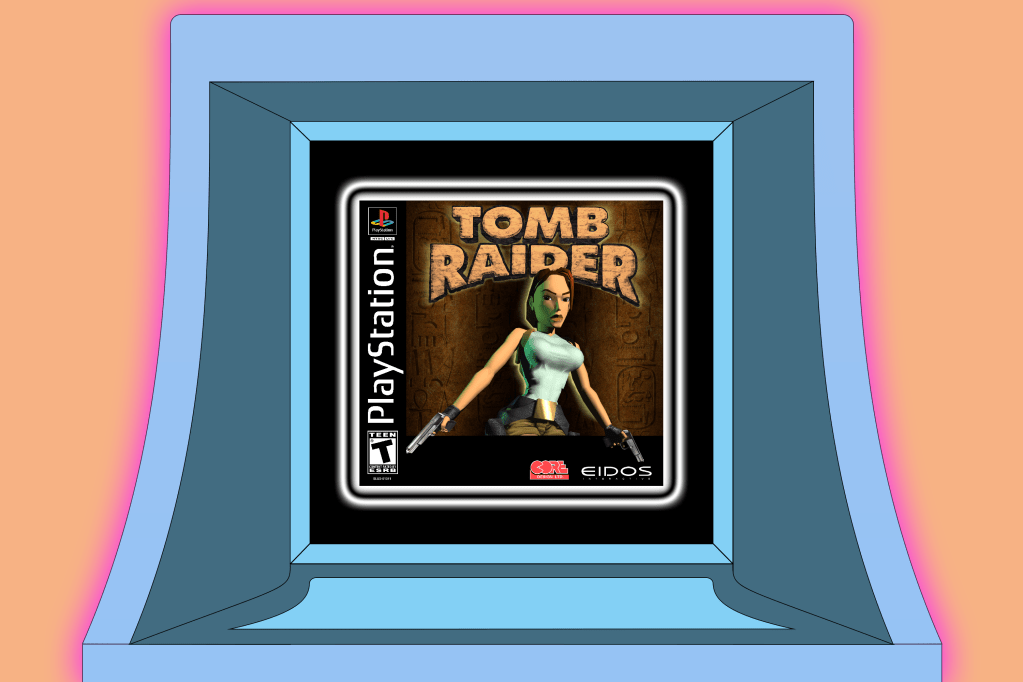
Tomb Raider introduced one of the most famous well-recognised videogame characters, Lara Croft. A whole generation of gamers fell in love.
At the time, the gaming industry was just finding its feet in delivering 3D platforming experiences. The first Tomb Raider set the benchmark, offering varying levels, meaty run and gun combat sections, and devious jumping puzzles. The success of Tomb Raider and Lara Croft’s popularity earned its franchise a slew of sequels, reboots and even films.
For us, that first terrifying encounter with the T-rex will always stay with us.
Crash Bandicoot (1996)
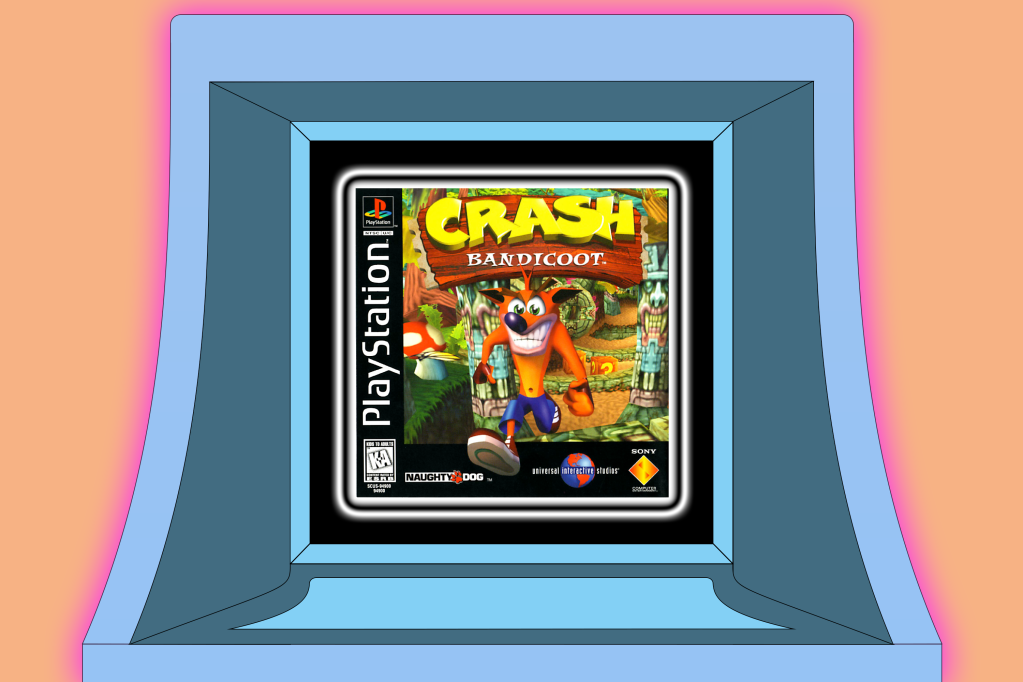
Crash Bandicoot was another gaming icon who burst onto the PlayStation scene with bags of character. The Crash games did deliver more linear experiences. But that extra effort went into crafting detailed levels with lots of fiendish obstacles to overcome.
Yes, this bandicoot’s first escapade was hardly a walk in the park. It required perfect jumping, a healthy dose of muscle memory and a little bit of luck. Despite it being marketed as a family-friendly game, it had difficulty spikes making it infuriating to the uninitiated and probably resulted in many a rage-smashed PS controller. Generations to come will never know the stress we faced while trying to tackle The High Road…
Oddworld: Abe’s Oddysee (1997)

Oddworld stunned everyone with its rockhard difficulty and unique gameplay. As a hapless Mudokon, he decides to escape his servitude at the RuptureFarms factory. Then he discovers his entire race is about to be put on the food menu.
Oddworld’s difficulty lies in its many hazards and enemies standing in the way of Abe’s path to freedom. With no conventional weapons, players had to use the environmental puzzles against Abe’s former masters. At the same time trying to rescue as many of his fellow kin as possible. Oddworld: Abe’s Oddysee was a massive success and became one of the biggest-selling PlayStation 1 games of all time.
Castlevania: Symphony of the Night (1997)

For a 2D side-scroller, Castlevania: SotN really upped the ante with its gameplay. It also introduced a devious pantheon of varied enemy types and an RPG system with scores of unique weapons and armor sets. And along with its haunting atmosphere and labyrinthian Metroidvania castle, some might say SotN laid the foundation for Dark Souls.
For the majority of the game, you play as the enigmatic Alucard, Dracula’s own son, determined to consign your evil dad to dust once and for all. If anything, the game is worth it just for Dracula’s scenery-chewing voice acting alone. “What is a man? A miserable little pile of secrets!”
Braid (2008)
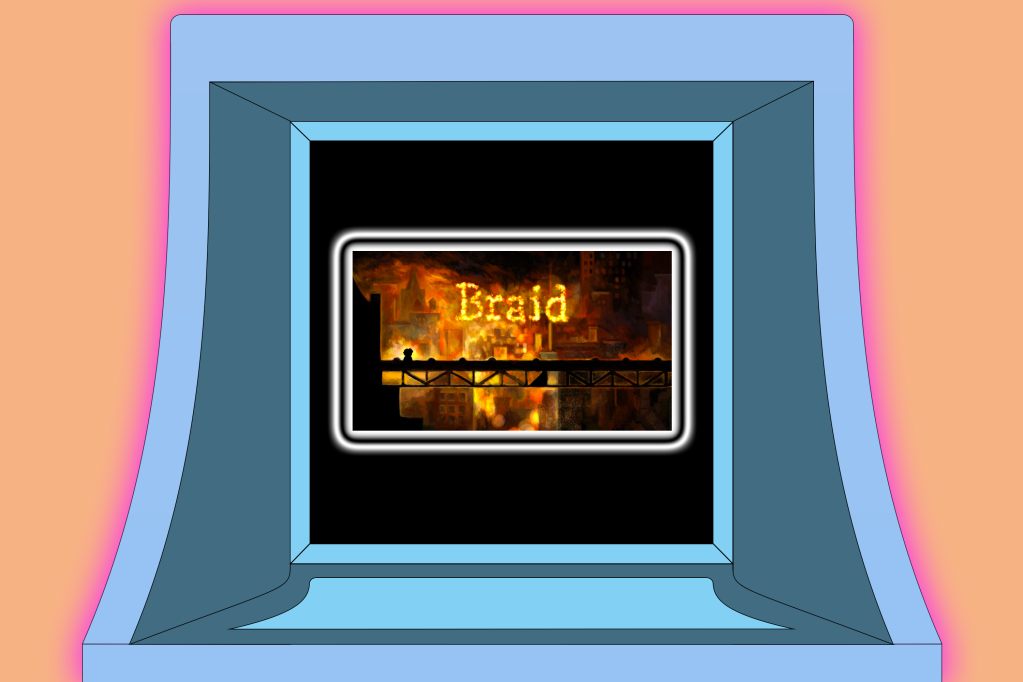
Underneath Braid’s twee and light exterior lies a complex game about time, relationships and power. At the time of release, the game was lauded for its inventive puzzles and philosophical ideas. It remains one of the most-talked about indie platformers of all time.
Players jump into the shoes of well-tailored protagonist Tim, on a mission to rescue a princess from an unknown danger. Along the way, he makes use of a variety of time-bending powers to traverse the environment and get one step closer to his goal. Only by navigating the levels does the context of the story slowly reveal itself. And there’s a rug-pull ending that’s going to make you sit and think for a good while.
LittleBigPlanet (2008)

From beginning to end, LittleBigPlanet oozes charisma. Even on PS3, its wild level design gave it a physical, tactile feel. Protagonist Sackboy captured our hearts as PlayStation’s cutest mascot.
While Media Molecule could have released the engaging story campaign as the entire game and called it a day, the team went one further. LBP’s real ace in its sleeve was its level builder. It enables players to create and share levels across the PSN network, something unheard of on console at the time. It inspired a whole community of gamers to come together and create an endless stream of levels, keeping many busy for months on end.
Limbo (2010)

Few games in recent years have set imaginations alight like Limbo. It’s a moody, monochrome tale of an anonymous boy in search of his sister. And while it’s typically your main aim in platforming games to avoid death, not in this game. It kills you. And kills you again. Over and over, in surprisingly gruesome ways.
It’s up to you, our unnamed hero, to navigate the world by learning from your many demises and manipulating the obstacles around you to progress. With realistic physics in play, obstacles have a real heft to them, making puzzles challenging yet rewarding to solve.
And no, we’re still not over that arachnid scene.
Rayman Legends (2013)
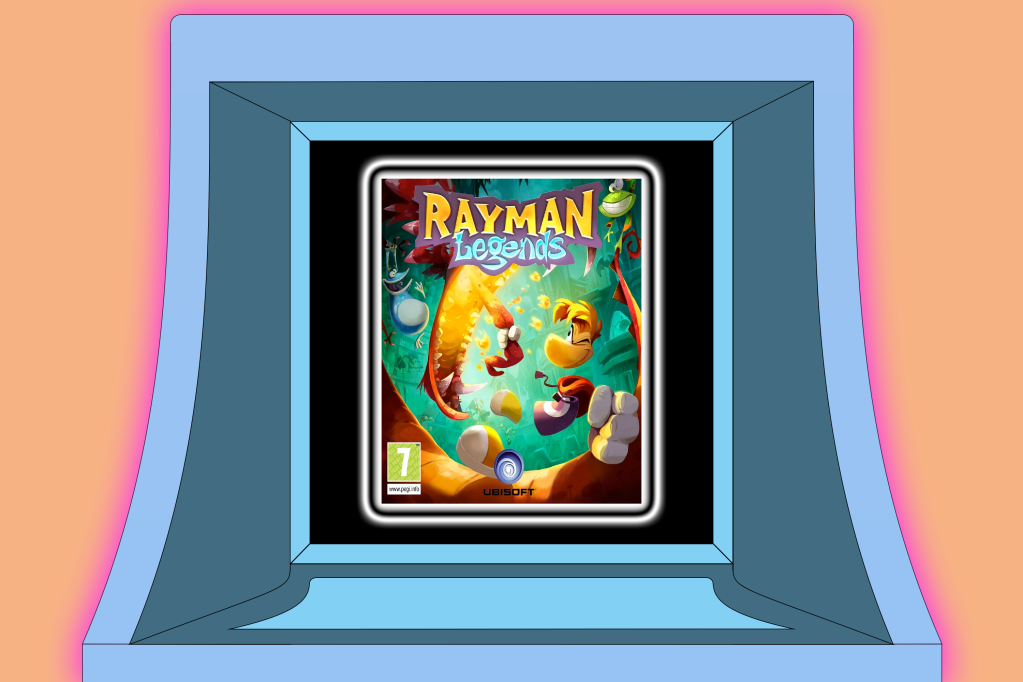
Playing through Rayman Legends’ many colourful levels is like traversing through a living, breathing painting. There’s buckets of personality splashed across the canvas. And with 120+ levels to choose from, there’s an insane amount of variety and imagination. Want to escape the exploding ramparts of a castle to the beats of Black Betty? Or speed through a Mexican Day of the Dead vista to Eye of the Tiger, mariachi style?
Your work isn’t done by beating every stage either. Some “invaded” levels need completing in record time, there’s Lums to collect, Teensies to rescue and trophies to nab for that all-important 100%. All these make the game a vibrant joy and fun to play throughout.
Ori and the Blind Forest (2015)
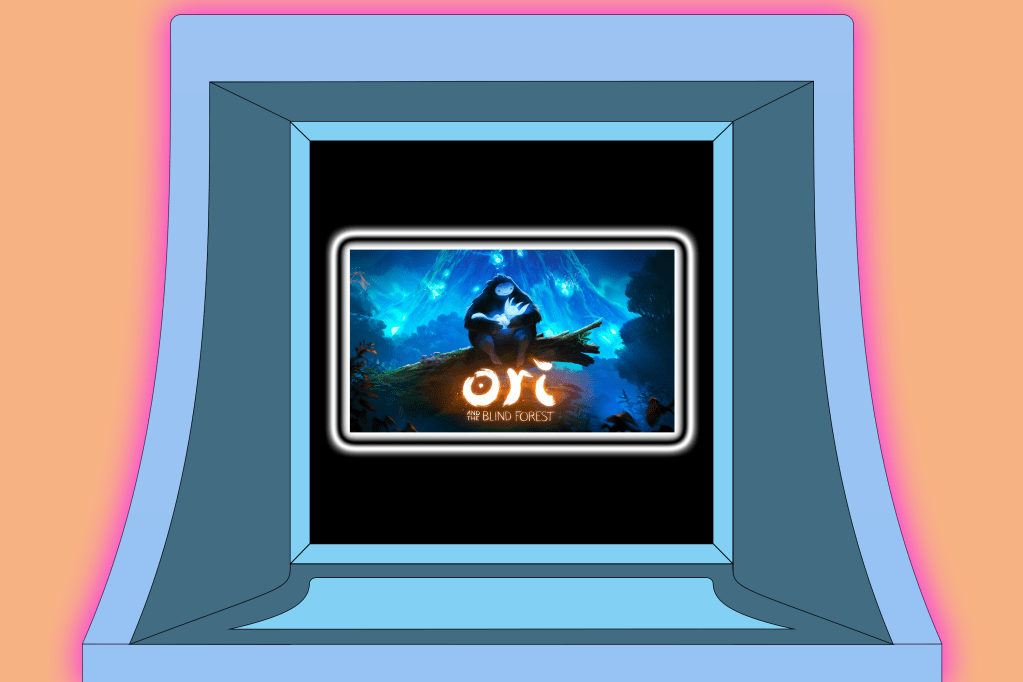
This beautiful platformer marries Studio Ghibli-looks with Metroidvania gameplay. You play as Ori, a guardian spirit on a quest to save a withering forest. Throughout this gorgeous woodland caper, threats come thick and fast, with any enemy or hazardous encounter enough to cause your downfall. This causes a fair bit of retracing your steps, particularly when you’re underpowered from the outset. There’s also a constant feeling of dwindling resources, as you need to balance checkpoint creation with progression-unlocking abilities.
However, it’s the forest that provides real character and atmosphere, with its hand-rendered landscapes and beautiful orchestral score accompanying your hauntingly serene exploration.
Super Mario Odyssey (2017)

Nintendo have always nailed mainline entries featuring our favourite Italian plumber. Super Mario Odyssey is no different, with a heap of new whole worlds and gameplay mechanics to delve into.
Central to the core mechanics is Cappy, allowing Mario to gain control of enemies and creatures at the fling of the hat, offering a huge variety in how players can complete levels. This time around, you’re on the hunt for Power Moons, hundreds of which are cleverly hidden throughout Odyssey’s 17 massive kingdoms, so completionists will have their work cut out for them.
Super Mario Odyssey is a love letter to past Mario games, while offering plenty of wondrous new discoveries, making it one of the best reasons to own a Switch.
Hollow Knight (2017)

This gothy Metroidvania platformer brings together a beautifully rendered underground world and tough RPG combat elements. And would you just look at how adorable Hollow Knight is?
As you explore the massive Hallownest, you can barely imagine how deep its interconnected tunnels and wasteland caverns go. Every dream-like area is yearning to be explored, with deeper progression unlocked through abilities that let you leap off walls and perform dashes in midair.
Combat is also satisfying, with a cornucopia of tough-shelled beasts to crack. Thankfully, charms can buff your stats and change up your weapon abilities, but to get past Hollow Knight’s toughest bosses, you’ll need to unpick their weaknesses and overcome the limits of your timing and patience.
Cuphead (2017)
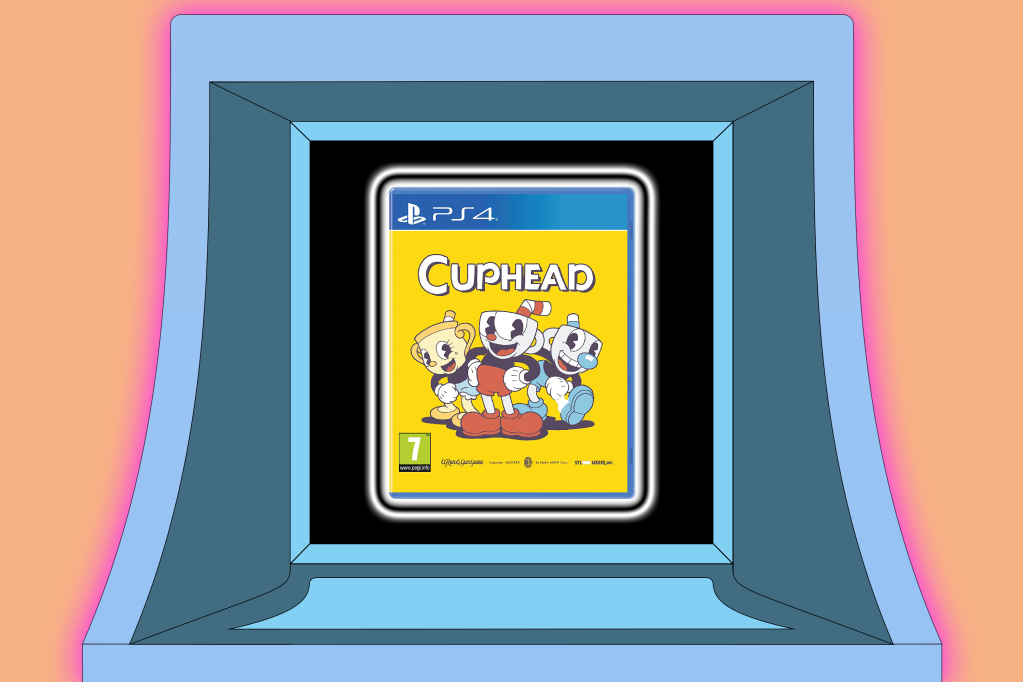
A tough as granite platform shooter, Cuphead features a dazzling authentic 1930s animation style, complete with grainy film imperfections and unique rendering making it about as close to an interactive cartoon as you’re going to get. Not that you’ll get the chance to admire all that, as its bullet-hell gameplay and unforgiving bosses require pinpoint precision and lots of dying before you eke out a win.
After betting against the Devil’s house and losing, Cuphead and his brother Mugman are forced into a quest of servitude to collect soul contracts from runaway debtors to appease the big red guy. Before the endgame showdown, you’ll need to endure a combination of run-and-gun gameplay and hellish multistage bosses who give absolutely no quarter. Toonworld has never been so unyielding.
Dead Cells (2018)
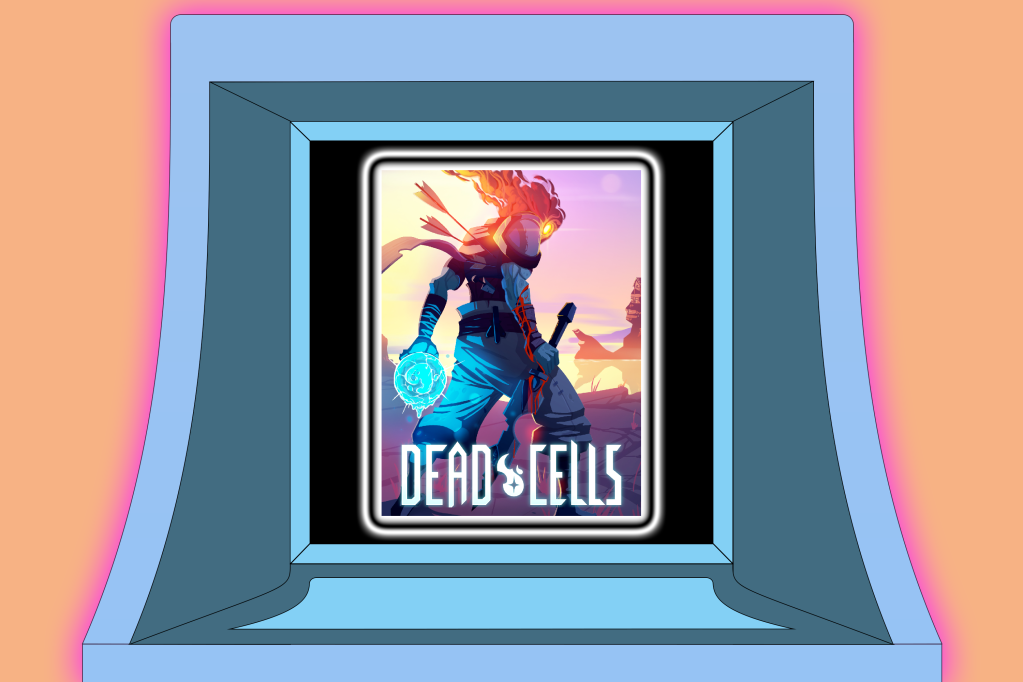
Dead Cells’ Metroidvania roguelike has you dying over and over within its island fortress. However, each resurrection makes you a little bit more powerful, with a risk and reward system that has you putting your neck on the line for the chance for shiny loot, randomised weapons and Cells, the game’s precious in-game currency. Die before the end of any dungeon, and you’ll lose your unspent Cells.
As you gain power, you’ll be able to use your wits to combine weapon types to yield max damage against your foes. And you’ll need every edge you can muster, as Dead Cells’ frenetic, fast-paced combat is not for the fainthearted, thanks to some murderous bosses.
Celeste (2018)
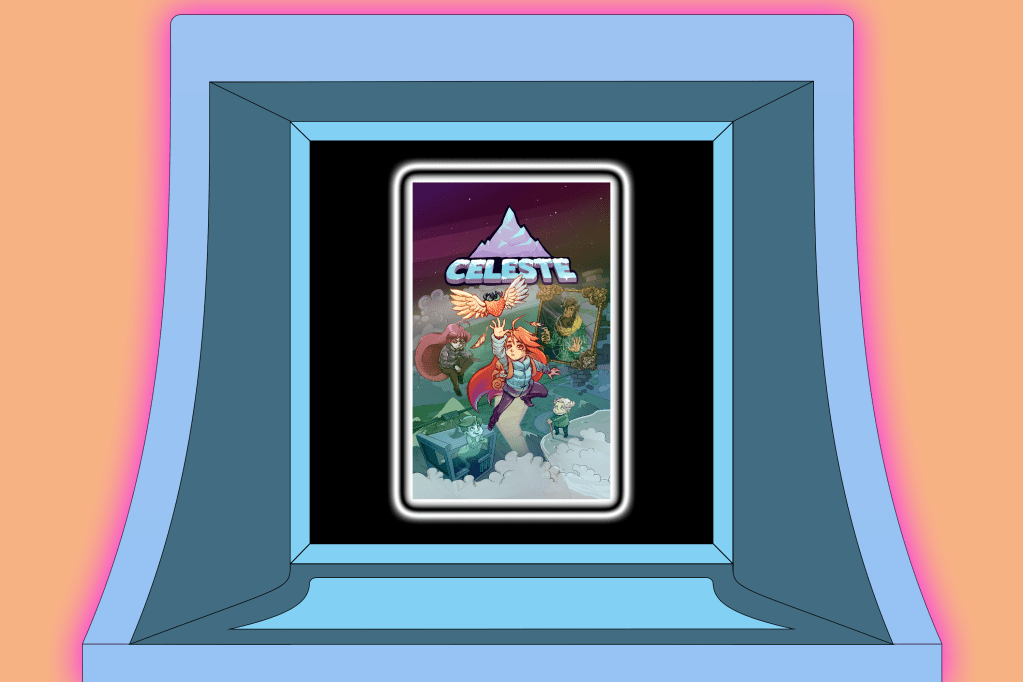
This simplistic pixel platformer belies a gruelling challenge that also resonates with the feels. You play Madeline, a young woman with anxiety and depression who decides to conquer Celeste Mountain to win her confidence. Along the way, you face your inner demons and learn about the power of self-acceptance in this epic mountain adventure.
Your character has a limited move set, so beating Celeste is all about chaining moves like running, limited climbing and air dashing. While optional collectibles add to the already significant challenge, Celeste never feels unfair. Its story, action and writing serve as beacons for the power of imperfect action — as long as you’re moving forwards, that’s okay.
Astro’s Playroom (2020)
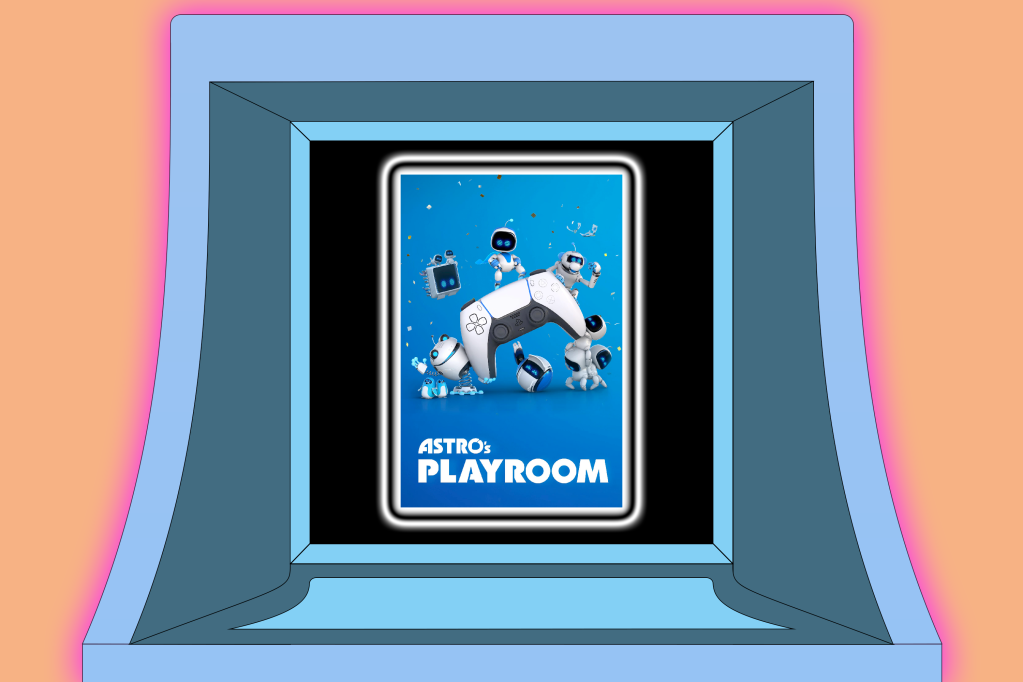
There’s no better way to experience the PS5’s new DualSense controller firsthand than Astro’s Playroom. Preinstalled on every console, the title allows gamers to get to grips with the controller’s new touchpad, haptic feedback and adaptive triggers.
It’s also full of nostalgic beats, with the game having you hunt collectibles that showcase an entire library of PlayStation consoles and accessories. As an albeit short-lived vehicle to celebrate the legacy of the PlayStation while also looking at the future potential of the PS5, Astro’s Playroom delivered in so many ways.
It Takes Two (2021)

As a hitched couple with marital issues, main characters Cody and May think their problems couldn’t get any bigger, until an errant wish transforms them into tiny dolls. They now need to set aside their differences and navigate the massive and dangerous levels of their house if they’re to be made regular sized again.
We love the variety and ingenuity of It Takes Two’s level design. No two levels or even puzzles are the same, and each world, from vibrant vine-infested gardens to DIY-themed sheds, switches up Cody and May’s powers. Additionally, having to rely on not just your skills but each other throws up an extra challenge, making It Takes Two a rare co-op experience.
Psychonauts 2 (2021)
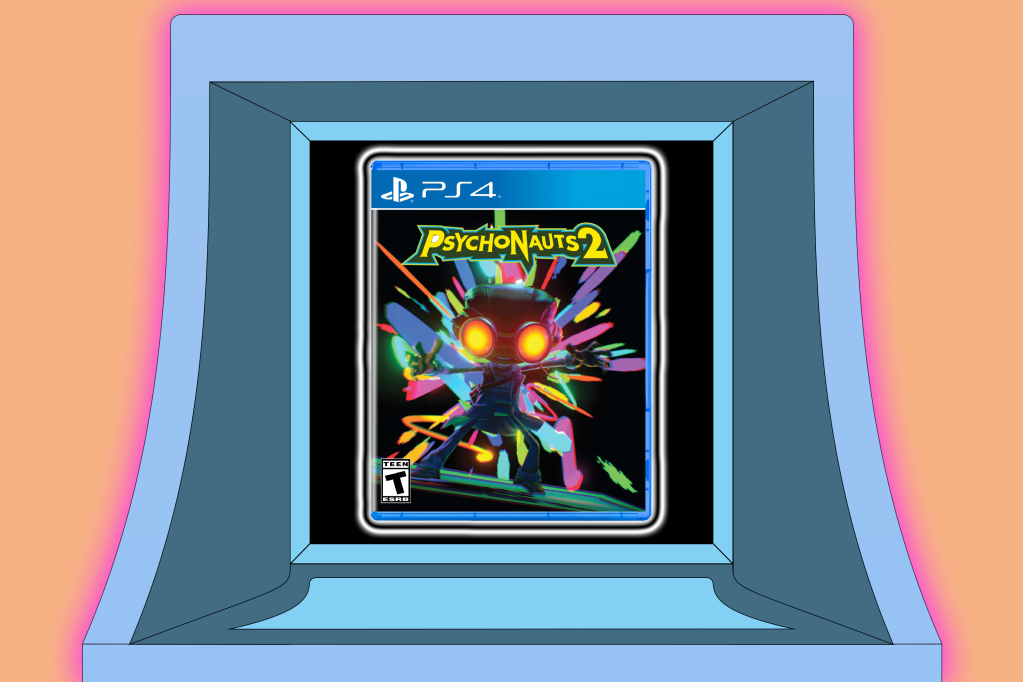
After a 16-year wait, the sequel to the acclaimed Psychonauts is finally here, after some behind-the-scenes acquisitions and a healthy dose of crowdfunding.
You play as Raz, a psychic acrobatic spy, as you “Inception” your way into other characters’ psyches to help them battle their internal issues. As you might expect from designer Tim Schafer, the brains behind games such as Full Throttle and Grim Fandango, the game is chockful of excellent dialogue and surreal jokes. Environments are also huge and brilliantly realised, with rich, lived-in worlds and skillfully-written characters. Like if Inside Out were a video game, this adventure into the psyche is likely to form a core memory.
Ratchet & Clank: Rift Apart (2021)

Arriving less than a year after the PS5’s launch, Rift Apart quickly became a must-have title showcasing the console’s potential. It’s quite an achievement, with Ratchet and Clank dialling production values up to 11 and creating a gorgeous-looking game with epic battles and stunning locations.
It’s a jubilant adventure, combining frenetic third-person shooting and dimension-hopping platforming that makes it a blast, not least because of the PS5’s haptic feedback and Ratchet’s arsenal of death-dealing weaponry. We’re also wowed by the addition of Rivet, a multiverse variant of Ratchet, voiced by gaming legend Jennifer Hale. This female Lombax provides a lot of emotional heft that just wouldn’t be as effective without the PS5’s graphics working overtime.


